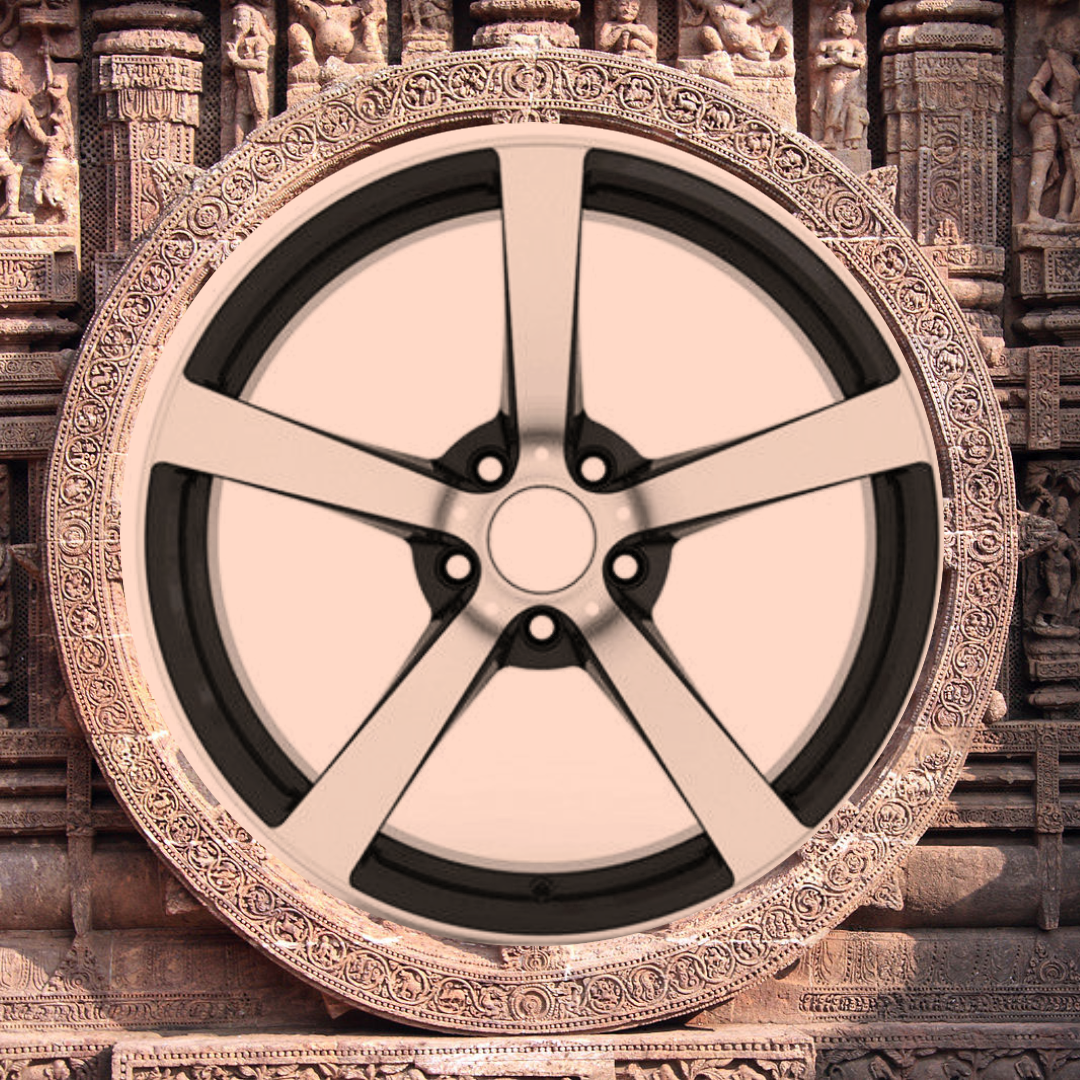
What is Soma Juice made of?
Many people asked this question in vain in the past – What is Soma Juice made of? Researchers have studied different plants, mushrooms and other hallucinogens. However, none of these

Many people asked this question in vain in the past – What is Soma Juice made of? Researchers have studied different plants, mushrooms and other hallucinogens. However, none of these
Is Cosmos Conscious per Pantheism? Carl Sagan begins his bestseller, the Cosmos, with the three assumptions. They are a) humans have evolved to wonder, b) understanding is a joy, and c)

Carvings of the Chariot of the Sun in Stone are charming. Artisans in India built Sun temples in the past with inspiration from Puranas texts. (We notice a completely different

Sinivali, Kuhu, Anumati and Raka are names of Goddesses in the Vedas. Veda Vyasa, the compiler of Vedas, gathered only two mantras related to Sinivali in Rig Veda. Therefore, Translators find
Birbal, the legendary court jester of Akbar’s court hails from the town of Kalapriya Nagari. This town is now Kalpi. Initially, the town got its name from an ancient Sun

Nivid Mantras are riddles What are Nivid Mantras? How do some of these represent the numbers of Devas to be 33? Nivids are a class of Vedic mantras. Some Indologists

Bhishma Ashtami and the Bed of Nails In this post I explore the connection between Bed of Nails and Bhishma Ashtami. Did the idea of the bed of nails originate
The Super-Abstractions in Veda – “Om Bhur Bhuvah Suvah” What does the mantra “Om Bhur Bhuva Suvaha” (ॐ भू र्भुवः सुवः) really represent? Let us understand this through an example
A Vaccuum Scientist says that Space will retain the laws of nature even if all of matter is removed from it. Therefore, Vaccuum can form matter form emptiness by following
We can see boundary lines on a map. Often, these lines do not correspond to a physical partition or a geographical transition. We can understand the Vedic idea of sacred
Continue readingSthandila and Kunda as precursors to Temples